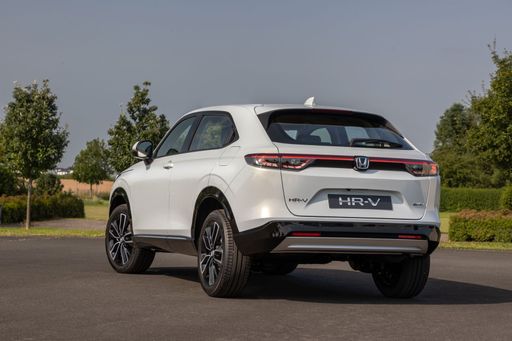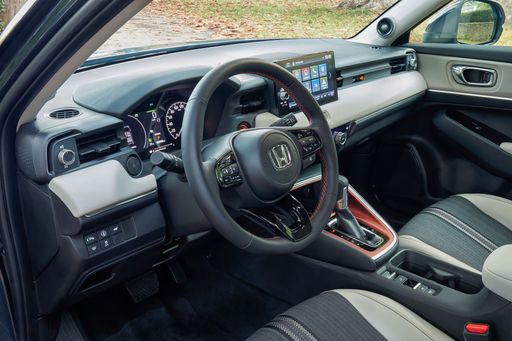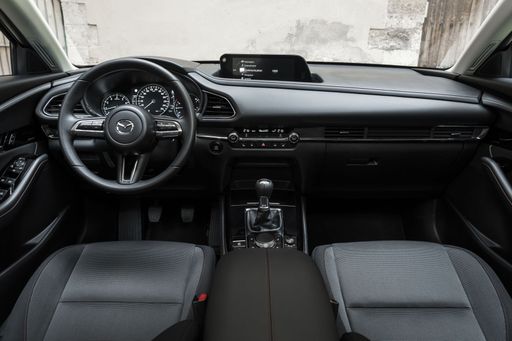A Clash of the Compact SUVs: Honda HR-V vs. Mazda MX-30
With the growing popularity of compact SUVs, the automotive marketplace has seen an influx of stylish, practical, and agile vehicles that cater to modern-day needs. Among these are the Honda HR-V and the Mazda MX-30, two names that have been making waves with their advanced features and impressive specifications. This comparison delves into the details of these two SUVs, helping you determine which stands out in the ever-evolving automotive landscape.








